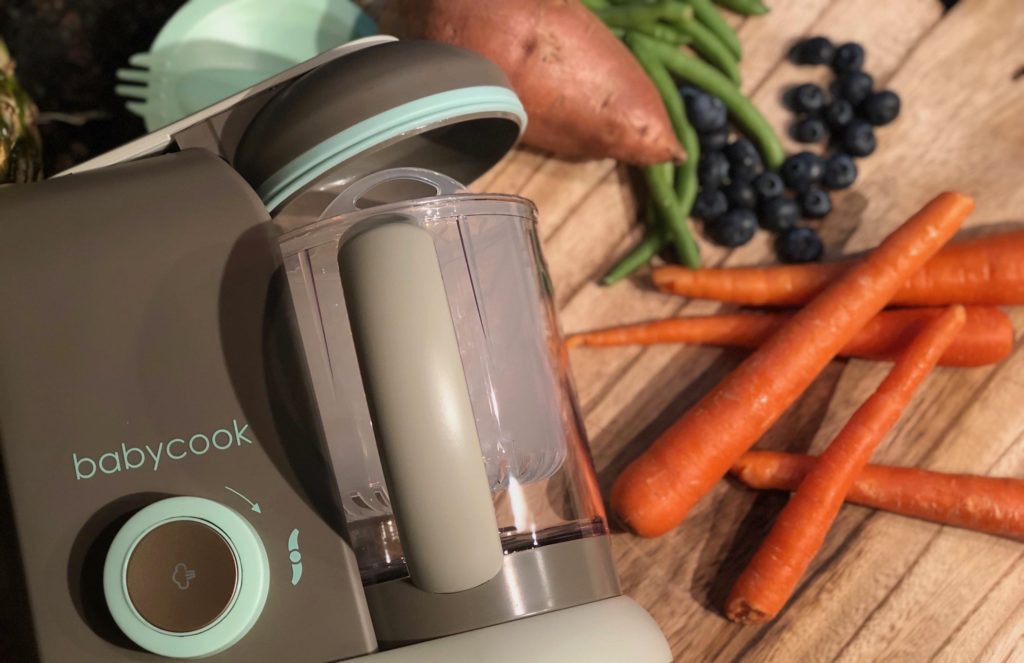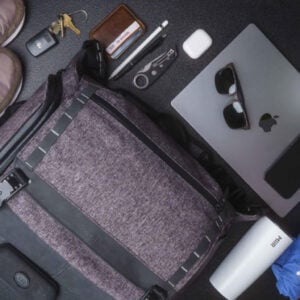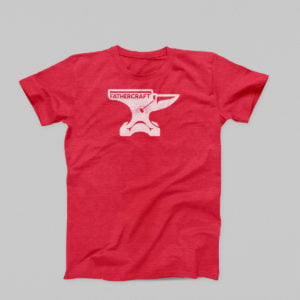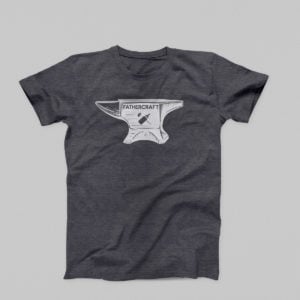The Beaba Babycook is a 4-in-1 contraption designed to steam, blend, reheat, and defrost. The idea is to use these processes to make your own baby food, which you can then serve or freeze and store for later, out of fresh vegetables, and even fish or meat.
The company advertises that the Babycook can replace your steaming pot setup, blender/food processor, and a potato masher. [Quick note – we’ve never even heard of a potato masher, much less do we own one.] We’d add a microwave to this list as the defrosting component of the Babycook might reduce your reliance on that, which, depending on who you talk to, might increase the nutritional value of your baby’s food.
In this Babycook review (we tested the Beaba Babycook – the newer model), we break down how the Babycook works, how to use and maintain it, and then dive into our review – the awesome, the wish it were different, and the verdict.
If you’re a visual learner, John gives you the highlights in this video:
How the Beaba Babycook works
The Babycook takes the “all-in-one” concept pretty seriously when it comes to making homemade baby food – it really does do everything you need (with the notable exception of washing, peeling, and chopping up vegetables – that part is still on you). It’s also quite simple, which is mostly a good thing (more on that later.)
What’s in the box?
The Babycook is comprised of a base unit, the bowl (with a built-in blade for blending), the steaming and reheating basket, a spatula, a bowl lid, and a recipe booklet.
Using the Babycook
To start, you assemble the Babycook, which is really a matter of snapping together a few things – it basically comes pre-assembled. The company recommends you sterilize the unit first, which is accomplished by running it through a few steam cycles, sans food, which heats everything up hot enough to sterilize.
Once your unit is assembled and sterilized, it’s time to get to work. To start, add water to the bottom of the base unit, according to the company’s guide. Somewhat weirdly, they refer to water amounts as “doses”. You add one dose for softer vegetables, 3 doses for harder vegetables like carrots and butternut squash, and two for those vegetables that can’t quite decide what they want to be.
Next, add your vegetables, rough-cut into cubes, put the lid on the steaming bowl, and press the steam button. The Babycook will heat up to the point where the water vaporizes and cooks your vegetables [note – we keep saying vegetables – you can cook fish or meat too, but we’ve been a bit weirded out by this and haven’t tried it yet.] This steaming process takes either 5, 10, or 15 minutes, depending on the number of water doses you added. You can stop the steam a bit early if you want to change the texture and water content of the food you’re making.
Once steaming is done, which is indicated by a small light flashing on the Babycook’s main button, you use the spatula included with the Babycook to lift the steaming basket out of the unit and dump the food you’ve steamed back into the bowl of the Babycook. Since the bowl already has the blending blades in it, from there it’s a matter of turning on the blending function to puree your baby food. In a few seconds, you’ve got (piping hot) homemade baby food. It’s important to note it took some time for the food to cool down to a safe temperature.
Cleaning & Maintenance
Cleaning and maintaining the Babycook is pretty simple – the main parts you’ll need to wash are the blending bowl, the steaming basket, the lid, and the spatula. All disassemble easily for hand washing. The company also recommends monthly sterilization through the same process noted above for new units.
John’s Beaba Babycook review
I bought a Babycook to review when my son Calvin was about 6 months old and we were beginning to introduce solids. As of the time of this writing, I’ve been using the Babycook for about 2 months, and have made about 10 different batches of baby food from various vegetables.
Overall
First thing’s first here – the Babycook isn’t going to turn you into a superstar chef for your baby if you aren’t into cooking. While the Babycook does add some convenience to the process of making your own baby food, you’ve still got to do all of the prep work the old-fashioned way. You’ve still got to put the food into containers, freeze what you aren’t going to use in the near future, and you’ve still got to procure the high-quality food you’ll need as a starting point to high-quality baby food. And all of that is work and takes time that many parents don’t feel they have.
That said, if you are into the concept of making your own baby food, the Beaba is a slick tool to have around – while it doesn’t have a lot of bells and whistles, it performs the key functions of making your own baby food extremely well.
And, if you really like the idea of making food for your baby, it might be worth a shot – I found myself getting more into it as I used the Babycook more, and could see it becoming a thing for me.
The Awesome
- 3 in 1 design. The Babycook really can replace the functions of a steaming setup, a blender, and a microwave or other tool for re-heating. Combining these functions into one tool, and doing all 3 well, is impressive. I also liked replacing the microwave as we tend to try and minimize microwave use at our house.
- Easy cleaning. Speaking of separate tools, if like most of us you’ve used and cleaned a stovetop steaming setup and blender, you know they can be a pain in the ass to clean. The Babycook was surprisingly easy to clean in comparison.
- Compact design. The Babycook took up counter space of about two pineapples. In our relatively small kitchen, this was nice, and meant we could just leave it on the counter for easy access.
- Ease of use. The Babycook comes basically pre-assembled, is intuitive to use, and is spartanly simple, which makes using it quite easy. Little touches like the spatula holder on the side of the unit prevented me from what would have undoubtedly happened otherwise, which is putting the spatula in some random kitchen drawer and having to hunt for it.
The wish it were different
- No indicator for the cook time remaining. The Babycook doesn’t have a screen or readout of any kind, so it doesn’t indicate how much time is remaining in your steam. There were a few times when I wished there was an indication of this.
- Water reservoir isn’t transparent. You pour water for steaming into a small hole in the bottom of the base unit, and don’t see where it goes. So, it’s nearly impossible to tell if there’s any water in the unit. One time when using the Babycook, I got distracted for a bit, forgot I’d added water, added some more, and ended up with water all over the counter.
Our verdict
While the Babycook didn’t feel essential enough to get added to our Tools of the Modern Father list – there are enough high-quality pre-made baby food packets these days that you can give your kid high-quality food that way – if you’re into making baby food at home, or want to give your kid organic, fresh baby food without the cost of pre-made options that do this, the Babycook is an excellent option that really does make the process of making baby food at home easier, and replaces reheating and defrosting options that might be less healthy (looking at you, microwave.)
So, there you have it. Questions about the Babycook we didn’t cover? We’d love to hear from you – paul[at]fathercraft.com
Looking for more reviews and information on products for your child? Check out our other product reviews or our essential list of gear for babies 0-6 months old.










